Two previously long-misidentified shipwrecks off Costa Rica’s southern coast have at last been conclusively determined to be 18th-century Danish slave ships, rewriting one chapter in local and Danish maritime history. For decades, the wrecks—resting in shallow water near Cahuita National Park—were thought to be pirate ships. But new scientific analyses by a Danish-Costa Rican research team reveal that the ships did indeed exist as Fridericus Quartus and Christianus Quintus, Danish West India Company vessels that sank in 1710 on a troubled transatlantic slave voyage.
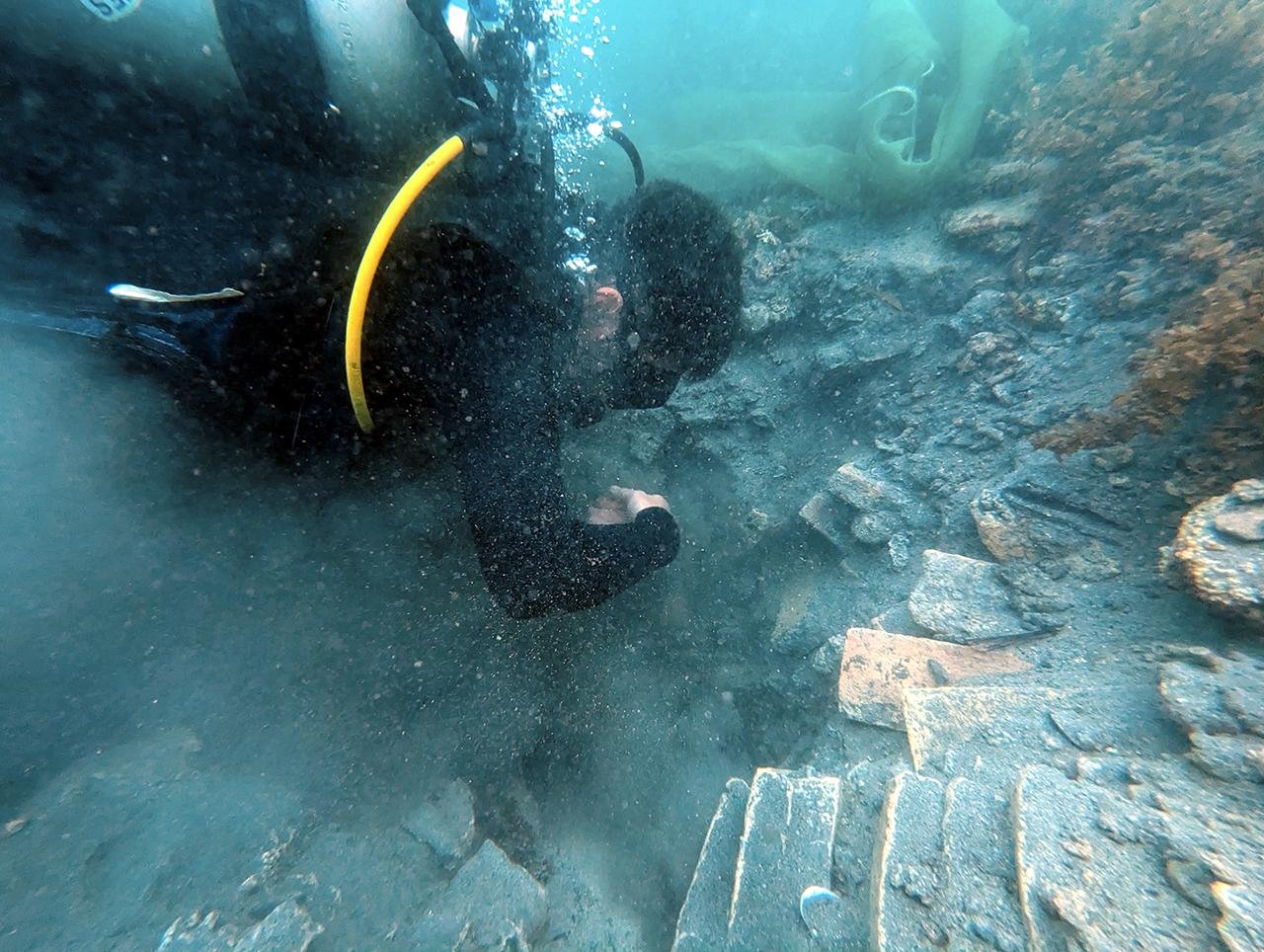
The discovery was confirmed by an underwater excavation in 2023 by the National Museum of Denmark, in partnership with the Viking Ship Museum, the University of Southern Denmark, the National Museum of Costa Rica, and other local organizations such as the NGO Centro Comunitario de Buceo Embajadores y Embajadoras del Mar.
Samples of ship timbers, bricks, and Dutch-made clay pipes were recovered from the wrecks by marine archaeologists. Analysis of the wood by dendrochronological (tree-ring) dating determined that the oak originated in the western Baltic, specifically Schleswig-Holstein, Denmark, or Scania, and was cut down between 1690 and 1695. The timbers were also charred and sooty, matching historical accounts of Fridericus Quartus being set ablaze.
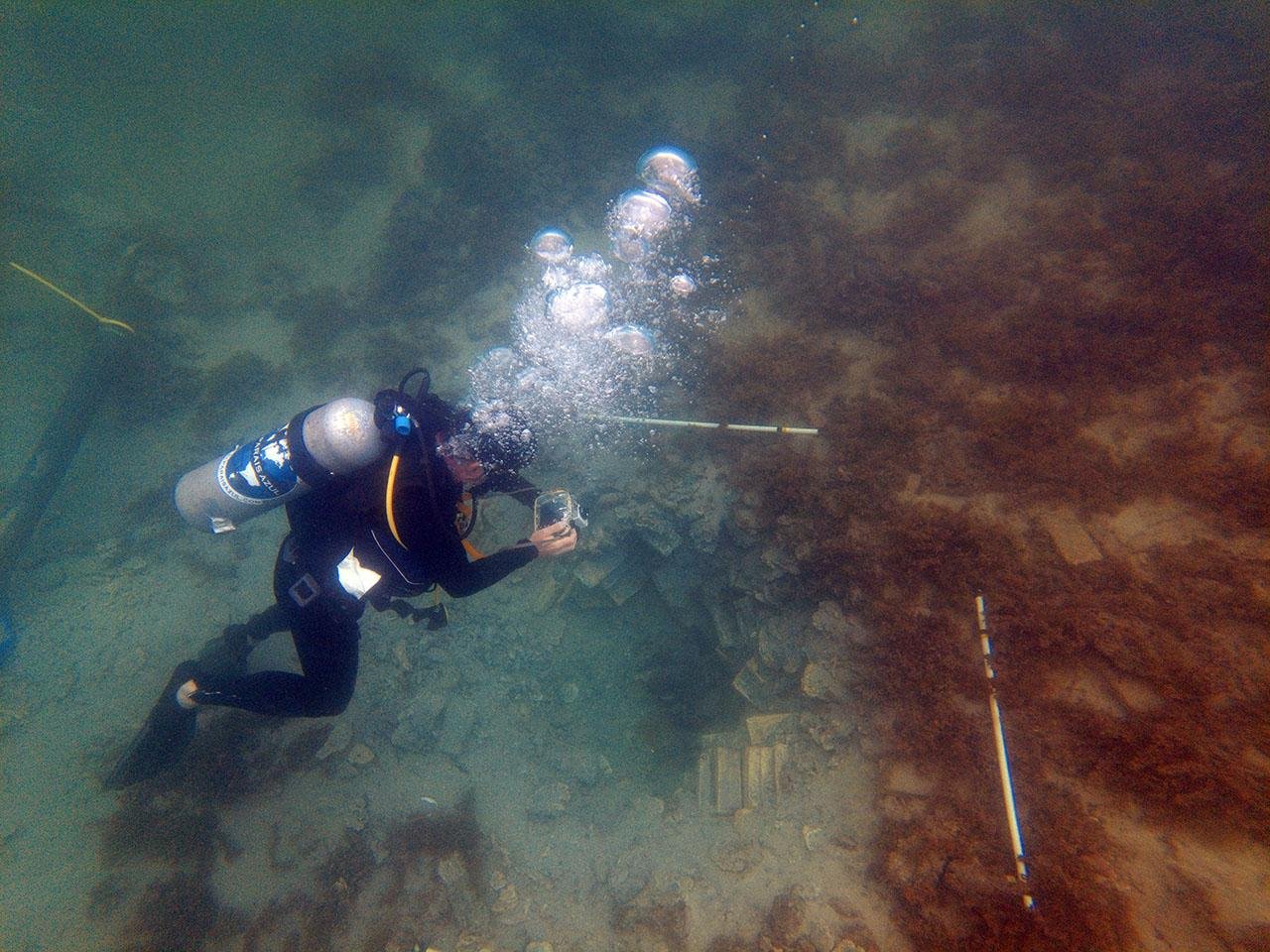
A breakthrough was achieved in 2015 with the discovery of yellow bricks near one of the wrecks by American marine archaeologists. The bricks, subsequently identified as Flensburg bricks, were a distinct Danish building material that only appeared in Denmark and its colonies in the 18th century. It was confirmed by Professor Emeritus Kaare Lund Rasmussen of the University of Southern Denmark, through analysis of the clay, that the bricks originated from Iller Strand or Egernsund, both of which were production centers near Flensburg Fjord.
“The analyses are very convincing, and we no longer have any doubts that these are the wrecks of the two Danish slave ships,” said David Gregory, marine archaeologist and research professor at the National Museum of Denmark, in a statement. “The bricks are Danish, and the same goes for the timbers, which are additionally charred and sooty from a fire. This fits perfectly with the historical accounts stating that one of the ships burned.”
Fridericus Quartus and Christianus Quintus were two of Denmark’s contributions to the transatlantic slave trade, which was operated by the Danish West India Company. Though smaller than those of the British or Portuguese, Denmark transported over 120,000 enslaved Africans from West Africa to the Danish West Indies (now U.S. Virgin Islands), and Europe, from the 17th to the 18th century.
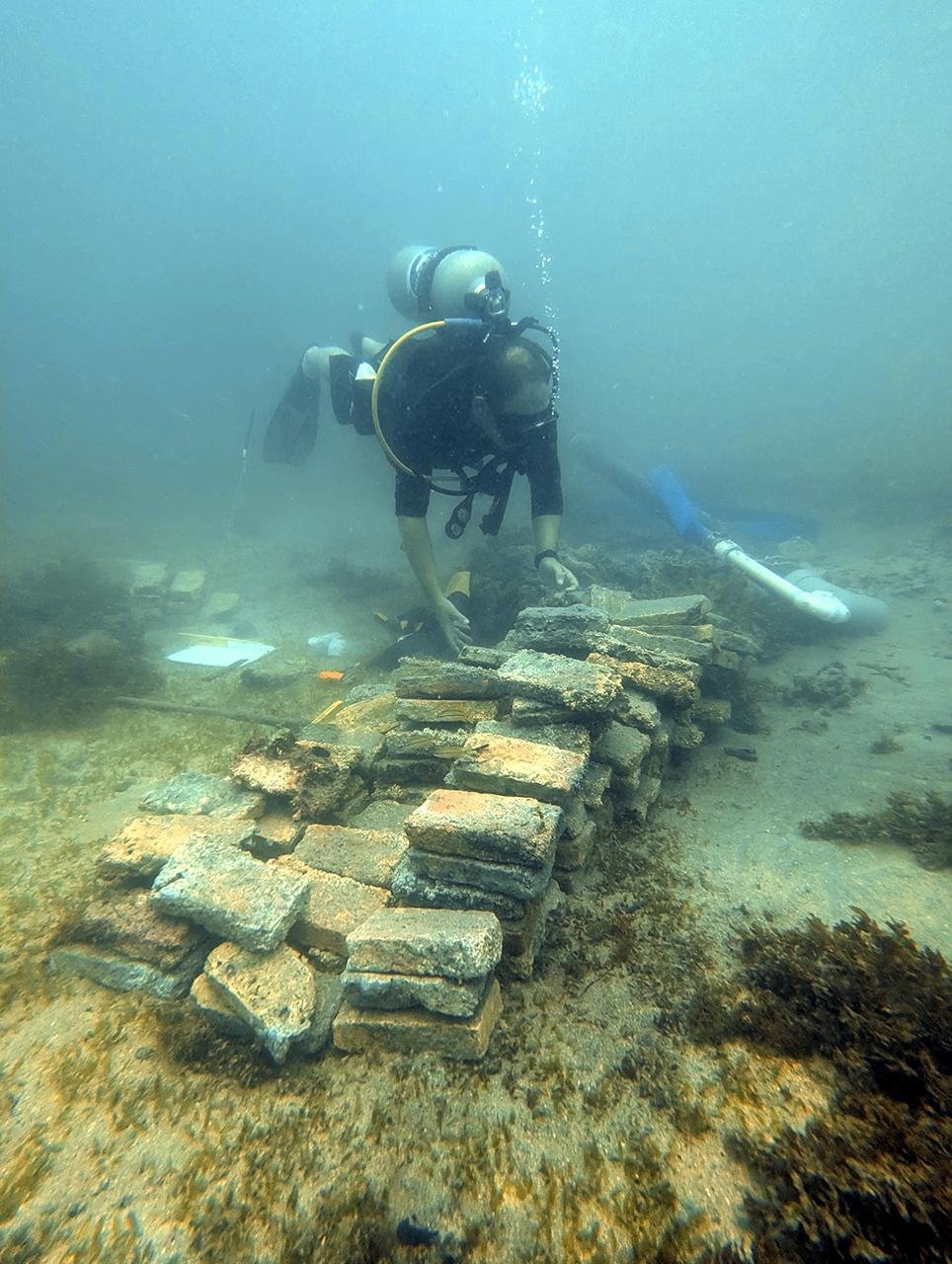
Historical records attest that the two ships were traveling from Ghana to the Danish colony of St. Thomas when a rebellion broke out on Fridericus Quartus. Even though the uprising failed—resulting in the brutal execution of the leader of the rebellion—the incident prompted Christianus Quintus to accompany its sister ship so that it would not experience the same unrest. As the voyage took too long and provisions were running low, the crew members became desperate. A mutiny was narrowly avoided when the captains agreed to release hundreds of slaves so food could be shared. About 600 slaves evidently reached the coast of Costa Rica. Soon after, Fridericus Quartus caught fire, and Christianus Quintus, having lost its anchor, was battered by heavy surf.
The wrecks off Cahuita were long thought to be the wreckage of pirate battles due to their broken state. “It’s been a long process, and I’ve come close to giving up along the way,” said Andreas Kallmeyer Bloch, a marine archaeologist at the National Museum of Denmark, who co-led the excavation. “But this is undoubtedly the craziest archaeological excavation I’ve yet been part of. Not only because it matters greatly to the local population, but also because it’s one of the most dramatic shipwrecks in the history of Denmark, and now we know exactly where it happened.”
The project is part of the National Museum of Denmark‘s new maritime research program, Njord, which aims to explore Danish shipwrecks worldwide. With the identities of the Costa Rican wrecks now confirmed, the excavation provides crucial information on Denmark’s colonial past and the enduring legacy of the transatlantic slave trade.




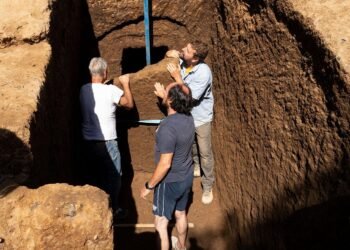

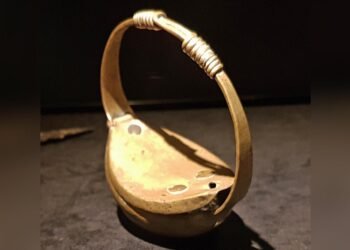

















Comments 0